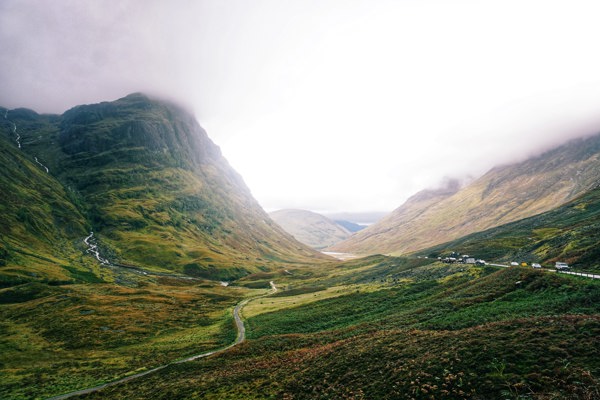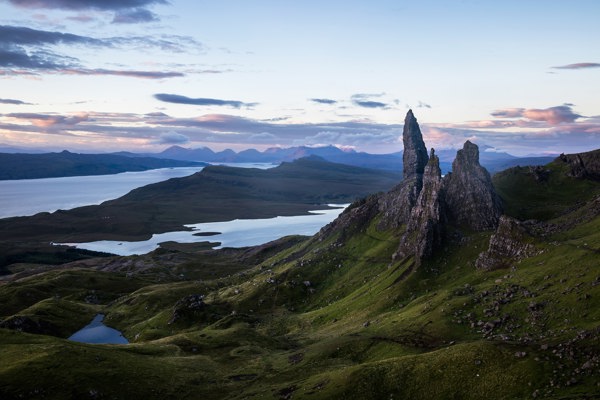It was a major change in land law when the feudal system was dismantled in 2004, following the Abolition of Feudal Tenure (Scotland) Act 2000. It is hard to believe that these changes have only happened within the last 20 years.
Now it is the changing pattern of land use which is taking centre stage.
Forestry has always been an important aspect of the Scottish landscape. The Caledonian Forest, an ancient temperate rainforest in Scotland, now exists only in several dozen remnant areas. The creation of commercial forestry started over 200 years ago although, at that time, its main aim was to enhance the amenity of estates and not timber production. However, tax breaks enticed a number of wealthy individuals to enter into commercial forestry planting and this continued with forestry becoming an alternative investment in an otherwise traditional portfolio. Several investment organisations seized the opportunity of buying large tracts of forestry with a view to selling investment units to those who either could not afford to buy their own forests or did not have the desire, funds or ability to manage their own forestry assets. This created a new market with competing organisations vying against each other, often creating a market level which excluded individual purchasers.
It is now well recognised that Scotland's natural capital is valuable - not just for sporting - but for the creation of wind turbine farms (off-shore as well as on-shore), small scale hydro schemes, carbon sequestration through the creation of additional woodland planting and peat restoration, and solar farms.
Another growing trend is the introduction of re-wilding. The Scottish Rewilding Alliance describes their goal as "a flourishing ecosystem, supporting self-sustaining nature-based economies which secure a future for local communities". This may sound like a utopia but people like Paul Lister, who bought Alladale Estate and converted it into Alladale Wilderness Reserve, and Anders Holch Povlson, who created a company called Wildland, which has a "200-year vision of landscape-scale conservation in the Scottish Highlands", see this as reality.
The Scottish Land Commission (SLC) recognises the changing landscape and issued a helpful report entitled Natural Capital and Land: Recommendations for a Just Transition in June 2022.
The SLC report contains advice to the Scottish Ministers, which includes the comment that these changes to land use represent a "trend that will continue rather than a short-lived bubble". This trend has seen a significant amount of private investment in large areas of land, which offer opportunities to develop natural capital.
Needless to say, Scottish Government also recognised this trend in their recently published Consultation paper entitled Land Reform in a Net Zero Nation. In her Ministerial Foreword Mairi McAllan states: "Scotland's natural environment or "Natural Capital" has become more valuable than ever due to its potential to support Scotland and the wider world's journey to "net zero and nature gain"".
Ms McAllan also recognises that there must be a balance drawn between private enterprise and community benefit and states "the risk,.,, is that investment could lead to an unwelcome change whereby people are secondary to large, often corporate, projects which are remote from communities."
The Consultation Paper seeks responses by 25 September 2022. The headline issues in the paper cover a definition of what comprises large scale landholdings, a duty to comply with land rights and protocols, to publish management plans, to undertake a public interest test, and provide advance notice of intention to sell.
This provides a brief insight into the Scottish Government's direction of travel. The pattern of land ownership in Scotland continues to change and this consultation paper gives us all an opportunity to have a say in the future development of the beautiful countryside of Scotland - still known as Land of Mountain and Flood.
This article was first published in the Scotsman.


